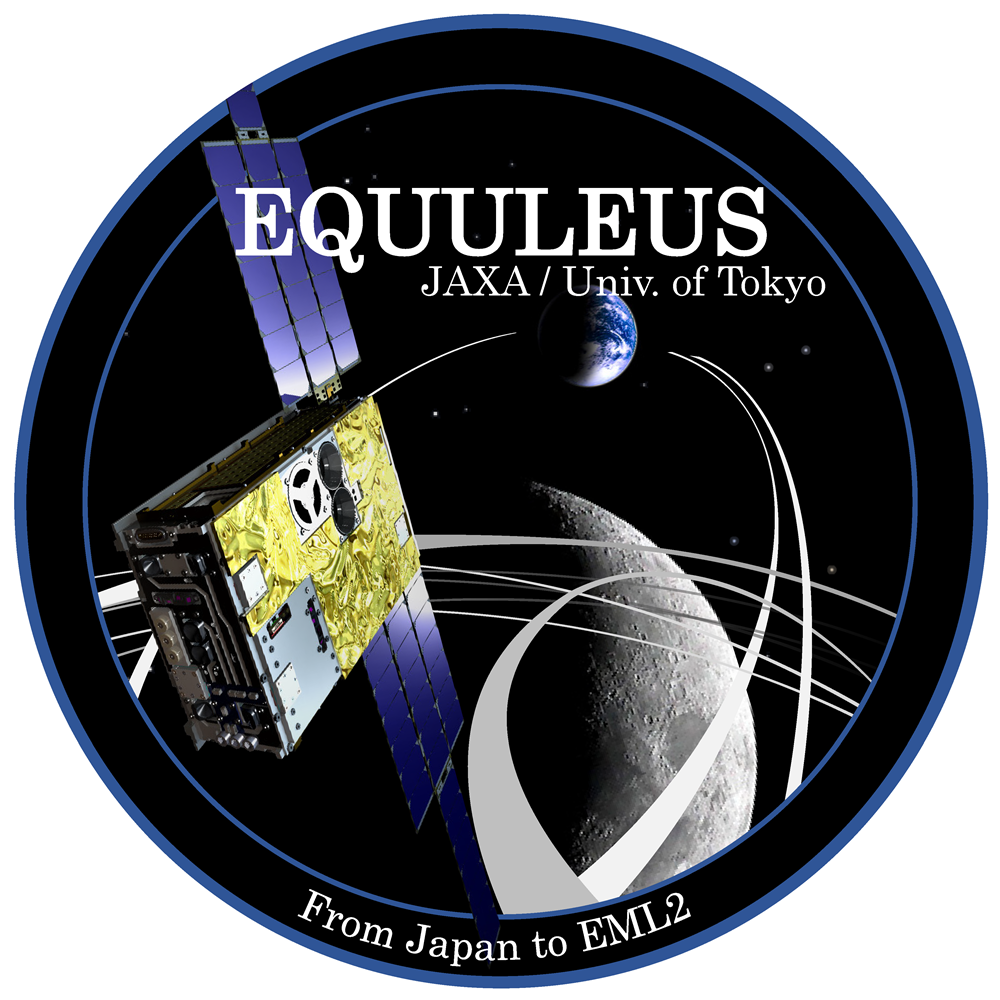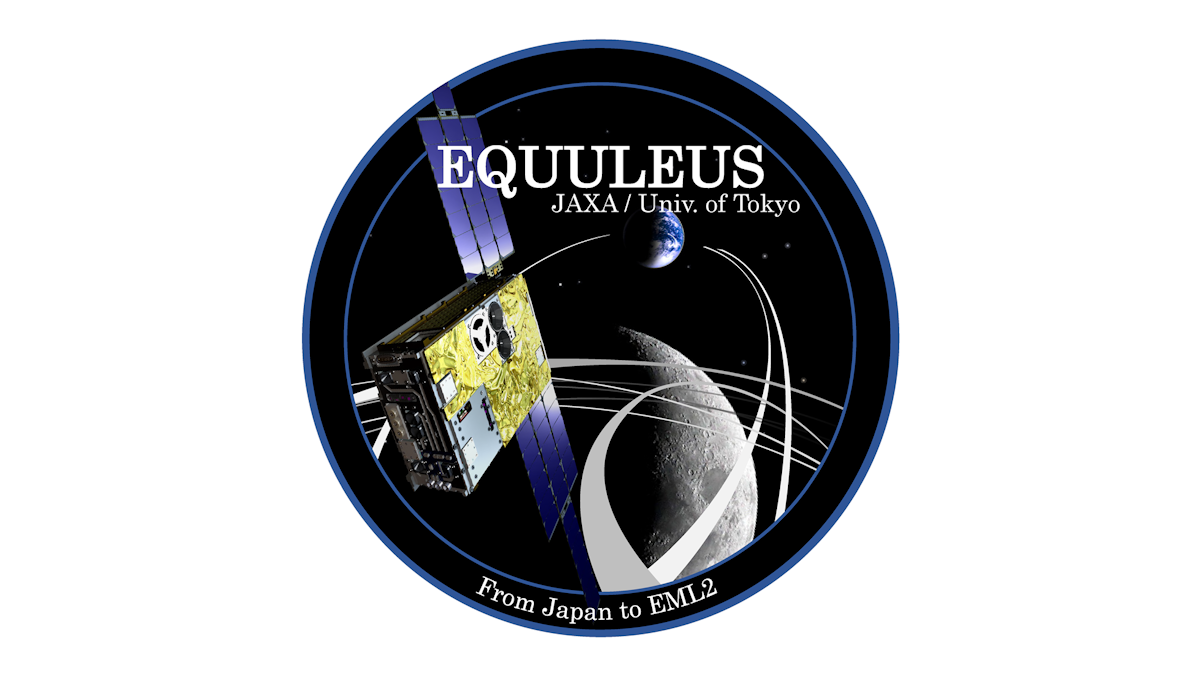ArkEdge Space Inc. (Headquarters : Koto-ku, Tokyo, CEO: Fukuyo Takayoshi), a company that promotes a wide range of missions, including Earth orbit constellation of nano-satellites and deep-space exploration, today announces the participation in the operation of the EQUULEUS, a nano-satellite deep-space probe cruising to the Moon.
EQUULEUS is a nano-satellite (spacecraft), developed by the Japan Aerospace Exploration Agency (JAXA) and the University of Tokyo together, aiming to efficiently reach the Earth-Moon Lagrangian point, which is considered as a candidate for the deep spaceport for the future human habitation.
EQUULEUS was launched from the Kennedy Space Center on November 16, 2022 as part of NASA’s Artemis lunar exploration programme, and is continuing its mission smoothly.
ArkEdge Space was commissioned by the University of Tokyo, to participate in the initial operations of EQUULEUS in space, and contributed greatly to the completion of the initial operations and the transition to regular operations.
Future Plans
EQUULEUS will continue trajectory control demonstration within the Sun-Earth-Moon region, and will conduct three scientific observation missions to take advantage of its long cruising period to the Lagrangian point. ArkEdge Space will contribute to the success of the EQUULEUS mission by utilizing our advanced nano-satellite operation technology.
Furthermore, ArkEdge Space has been challenging the Edge of humanity by using the world-leading nano-satellite with the members including those who were involved in the development of this spacecraft when they were students of the University of Tokyo by contributing to the development of the Japanese lunar industry and deep space exploration.

Source: Intelligent Space Systems Labooratory, the University of Tokyo
About “EQUULEUS”, a Deep Space Nanosatellite
The EQUULEUS (EQUilibriUm Lunar-Earth point 6U Spacecraft) is a 6U size (about 10cm x 20cm x 30cm) micro-satellite (spacecraft) developed jointly by the Japan Aerospace Exploration Agency (JAXA) and the University of Tokyo. It aims to efficiently arrive at the “Earth-Moon Lagrangian point,” which is considered as a candidate for a future deep-space base for human habitation, by performing a “lunar swing-by,” in which the spacecraft itself controls its orbit and transfers its orbit by making effective use of the moon’s gravity.
[Related Links] Completion of the initial operation of the JAXA CubeSat EQUULEUS https://www.jaxa.jp/press/2022/11/20221126-1_j.html
About ArkEdge Space Inc.
ArkEdge Space was founded in 2018 with the aim of commercializing nano-satellite development and utilization technologies developed at the University of Tokyo. Currently, we have established a production system for multiple types of nano-satellites and other types of satellites, in addition to the hardware business including nano-satellites, ground station maintenance, design and manufacturing of related components. Moreover, we are also engaged in a wide range of other businesses including satellite operation services, related software development, education, and consulting.
We have a track record of supplying satellites overseas, including the Rwanda satellite (RWASAT-1) to the Rwanda Utility Regulatory Authority (RURA : Rwanda Utility Regulatory Authority). Furthermore, since last fiscal year, ArkEdge Space was selected by the Japan Aerospace Exploration Agency (JAXA) as a contractor for “A Study of Developing Lunar Navigation Satellite System and Lunar-Earth Communication System.” We have been studying the overall architecture of the positioning and communication system that will be the foundation of lunar exploration, as well as related systems and their development plans, such as a lunar positioning satellite system and an ultra-long-range communication system between the Moon and the Earth.
In the future, we will realize the construction of satellite constellations for IoT communications, earth observation, and oceanic VDES, as well as work on the development and demonstration of nano-satellites required for the construction of satellite constellations for lunar activities.

